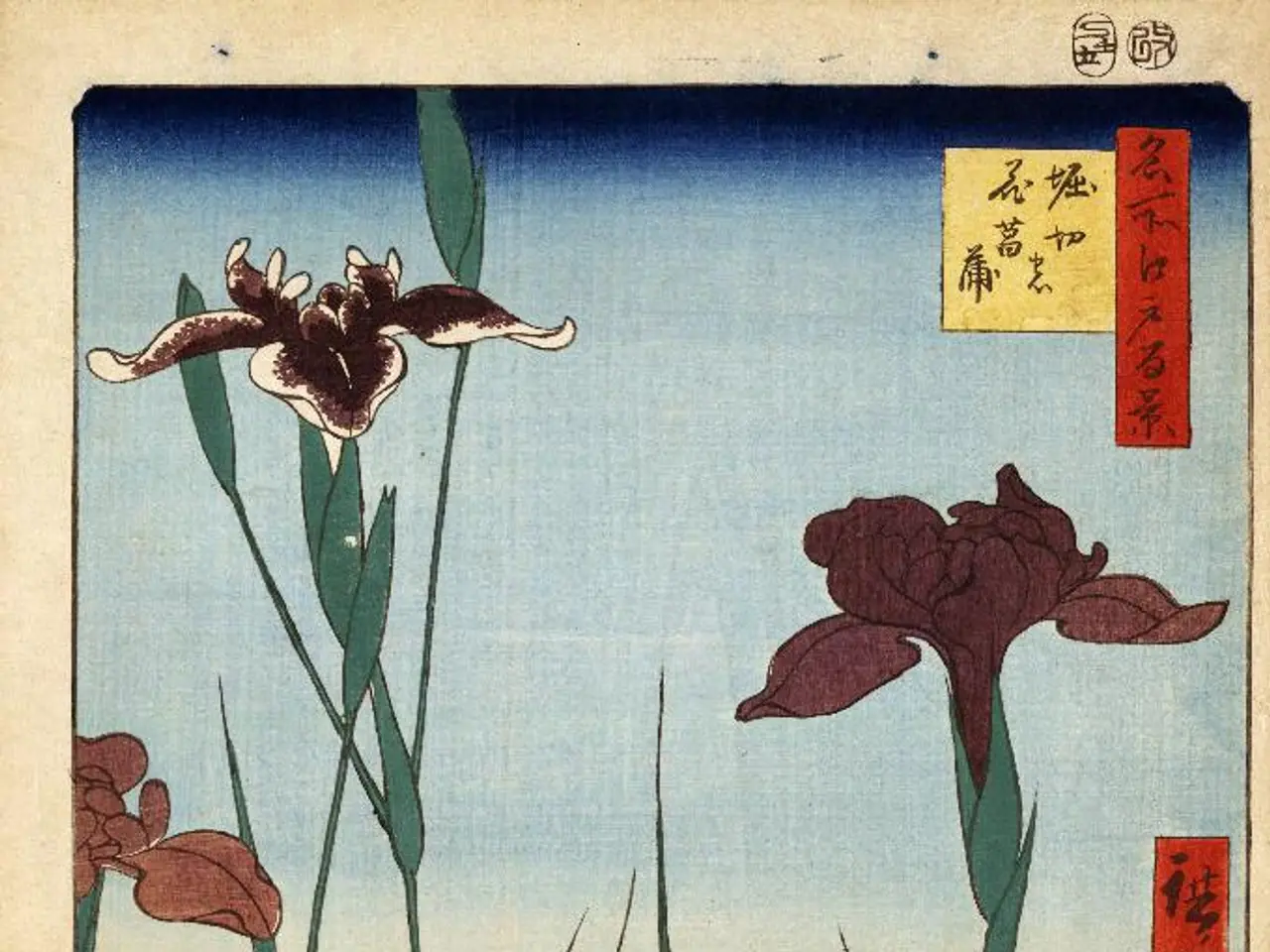Eco-friendly Burlap Planters: A Fashionable Option for Your Greenery
If you're looking for a unique and eco-friendly way to grow your plants, consider making a burlap planter. This natural, biodegradable material offers several benefits for your garden, from managing moisture to providing air circulation. Here's a step-by-step guide on how to create your own burlap planter.
Gathering Materials
To start, gather the following materials:
- Burlap fabric (as many layers as needed for thickness and durability)
- Scissors
- Twine or strong string
- Soil suitable for your plants
- Plants or seeds
- Optional: plastic liner or weed barrier cloth (if you want to protect the burlap or help retain soil moisture)
Creating the Planter Shape
- Cut a piece of burlap to the desired size for lining a container or forming a sack-like planter.
- If making a sack planter, fold the burlap and sew or tie the edges with twine to form a bottom and sides. You can also use a simple knot if you want a no-sew option.
Lining or Forming the Planter
- If you have a solid planter container (wood, metal, plastic), line it inside with burlap before filling with soil. Use multiple layers to strengthen the liner.
- For a free-standing burlap planter sack, open the sack and place it on a tray or flat surface ready to fill.
Adding Drainage and Soil
- Burlap is porous, so it provides natural drainage. Ensure the bottom is open or lined with a weed barrier cloth to prevent soil from spilling out but allow water to drain.
- Fill the burlap planter with a well-draining soil mix suitable for your plants (consider adding compost or fertilizer).
Planting Your Garden
- Plant your chosen flowers, herbs, or vegetables directly into the soil-filled burlap planter.
- Water thoroughly but watch for drainage, as burlap can dry out faster than plastic planters.
Caring for Your Burlap Planter
- Place the planter in an appropriate location for your plants’ sun and shade needs.
- Water regularly and monitor soil moisture since burlap allows faster drying.
Additional Tips
- Burlap can degrade over time when exposed to moisture, so expect the planter to last primarily through a growing season or two.
- Reinforce the planter edges with extra twine or stitching to extend lifespan.
- For better water retention, you may line the burlap with a breathable landscape fabric.
This approach is inspired by ideas seen in self-watering and burlap-lined planter projects, which show burlap used as a natural, breathable liner combined with other materials like PVC pipes for watering systems or as free-standing fabric planters.
If you want a sturdier structure like a raised bed on wheels, you can also incorporate burlap as a liner inside a wooden frame for garden beds, improving drainage and soil containment.
Remember, burlap planters can be customized with decorative elements like ribbons, buttons, or paint, making them a great addition to any garden. Happy gardening!
Explore the versatility of burlap by incorporating it into your home-and-garden lifestyle. With its natural design, burlap planters are ideal for cultivating eco-friendly plants while embracing a rustic, stylish lifestyle in your garden.




